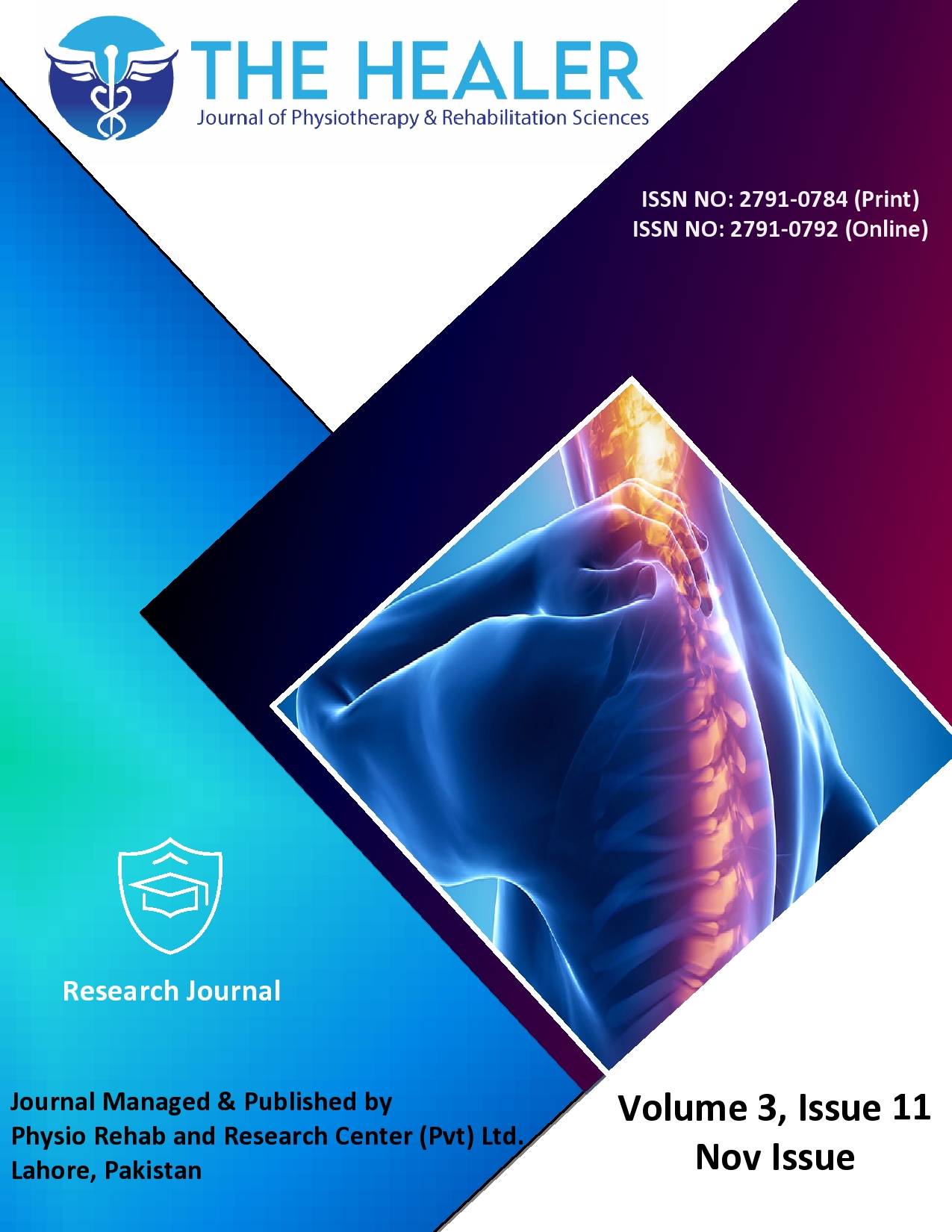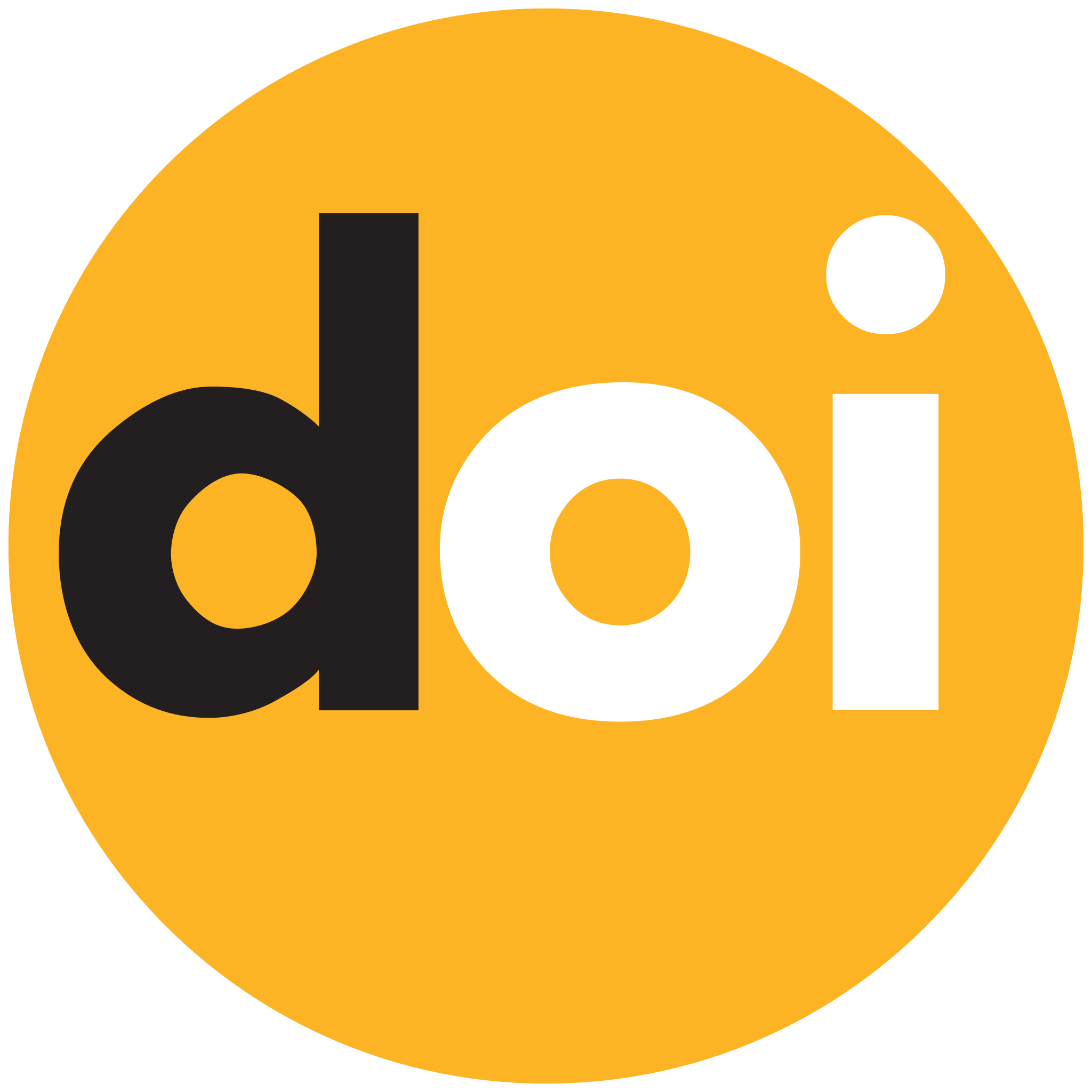Effects of Using Smartphone on Hand Grip, Pinch Strength and Neck Muscles Endurance among Novice Physiotherapists
Effects of Using Smartphone among Novice Physiotherapists
DOI:
https://doi.org/10.55735/hjprs.v3i11.289Keywords:
Dominant hand strength , Dynamometer, Grip strength, smartphoneAbstract
Background: Overusing smartphones may diminish hand grip, pinch strength, and neck muscle endurance in new physiotherapists, which could affect their ability to do their jobs and their physical health. Objective: To determine the effects of using smartphone on hand grip, pinch strength and neck muscles endurance among novice physiotherapists. Methodology: It was a cross-sectional study with a sample size of 195a and data was gathered from physiotherapists of Lahore. The study duration was from March 2024 to September 2024. Non-probability of convenience sampling technique was used. Novice physiotherapists, and active clinicians for 1-3 years after graduation practising in hospitals and clinics are eligible for participation with the demographics (Status, age, gender and weight). Both Gender, Students of university, Students who use the phone more than five hours a day and Participants with no known radiculopathy were included. Students with chronic back, shoulder or neck pain. Participants with a previous history of surgery and trauma of the neck and hand. Hand dynamometer, Jamar pinch gauge dynamometer and Extensor and flexor cervical test were used as assessment tools. A smartphone addiction questionnaire was used to assess smartphone addiction among participants. Ethical consideration was followed throughout the study. Results: The study found that the average power grip of the dominant hand was 38.81±15.05, with a range of 11.30 to 64.00. The non-dominant hand had an average power grip of 24.03±14.84, ranging from 6.00 to 51.00. The dominant hand had a tip-to-tip pinch strength of 3.55±1.18 and a jaw pinch strength of 3.79±1.06, while the non-dominant hand had a tip-to-tip pinch strength of 3.47±1.23 and three jaw pinch strength of 3.79±.716. Smartphone addiction was negatively correlated with grip strength and pinch strength in both hands, as well as with cervical endurance tests (p<0.05). Conclusion: Concluded that there is a relationship between smartphone addiction with hand grip, pinch grip strength and neck muscle endurance of both flexor and extensor muscles among novice physiotherapists.
Downloads
References
Nguyen P. A study of one-handed interaction of large smartphones: GUI changes for better ergonomics; 2015.
Mehta SP, Bremer H, Cyrus H, Milligan A, Oliashirazi A. Smartphone goniometer has excellent reliability between novice and experienced physical therapists in assessing knee range of motion. Journal of Bodywork and Movement Therapies. 2021; 25: 67-74. DOI: https://doi.org/10.1016/j.jbmt.2020.11.021
Eitivipart AC, Viriyarojanakul S, Redhead LJHKPJ. Musculoskeletal disorder and pain associated with smartphone use: A systematic review of biomechanical evidence. 2018; 38(02): 77-90. DOI: https://doi.org/10.1142/S1013702518300010
Ahmed S, Pokhrel N, Roy S, Samuel AJJIjop. Impact of nomophobia: A nondrug addiction among students of physiotherapy course using an online cross-sectional survey. 2019; 61(1): 77.
İNal EE, Demirci K, Çetİntürk A, Akgönül M, Savaş S. Effects of smartphone overuse on hand function, pinch strength, and the median nerve. Muscle & Nerve. 2015; 52(2): 183-8. DOI: https://doi.org/10.1002/mus.24695
Akodu AK, Akinbo SR, Young QOJJoTUMS. Correlation among smartphone addiction, craniovertebral angle, scapular dyskinesis, and selected anthropometric variables in physiotherapy undergraduates. 2018; 13(6): 528-34. DOI: https://doi.org/10.1016/j.jtumed.2018.09.001
Samani PP, Athavale NA, Shyam A, Sancheti PKJIJCMPH. Awareness of text neck syndrome in young-adult population. 2018; 5(8): 3335-9. DOI: https://doi.org/10.18203/2394-6040.ijcmph20183057
Neupane S, Ali U, Mathew AJIJoIR. Text neck syndrome-systematic review. 2017; 3(7): 141-8.
Radwan NL, Ibrahim MM, Mahmoud WSE-D. Evaluating hand performance and strength in children with high rates of smartphone usage: an observational study. Journal of Physical Therapy Science. 2020; 32(1): 65-71. DOI: https://doi.org/10.1589/jpts.32.65
Masoumi AS, Akoochakian M. The Effect of Duration of Smartphone Use on Head and Shoulders Posture of Young Adults Aged 20-35 Years. Iranian Journal of Ergonomics. 2019; 7(2): 62-71.
Won D-Y, Kim S-Y, Kim Y-S, Park J-H, Ahn Y-K, Lee Y-K, et al. The effects of the neck extensor strength exercise and the thoracic extensor strength exercise on the forward head posture and the cervical range of motion. Journal of Korean Physical Therapy Science. 2011; 18(2): 41-9.
Osailan A. The relationship between smartphone usage duration (using smartphone’s ability to monitor screen time) with hand-grip and pinch-grip strength among young people: an observational study. BMC Musculoskeletal Disorders. 2021; 22: 1-8. DOI: https://doi.org/10.1186/s12891-021-04054-6
Erğun Keşli E, Güçlü B, Özden F, Dilek B. Investigation of grip strength, pain threshold, pain tolerance and function in smartphone users. Somatosensory & Motor Research. 2023: 1-7. DOI: https://doi.org/10.1080/08990220.2023.2186392
Alqahtani BA, Alenazi AM, Elnaggar RK, Alshehri MM, Alhowimel A, Najmi AA, et al. Normative values for hand grip and pinch strength for 6 to 18 year-olds in Saudi Arabia. BMC Musculoskeletal Disorders. 2023; 24(1): 1-8. DOI: https://doi.org/10.1186/s12891-023-06197-0
Bashir U, Noor R, Shoukat H, Ali ML, Javed MT, Hassan Z. Correlation of mobile phone usage on grip strength, disabilities and posture in young adults. The Rehabilitation Journal. 2023; 7(01): 495-8. DOI: https://doi.org/10.52567/trj.v7i01.210
Correia IMT, de Sá Ferreira A, Fernandez J, Reis FJJ, Nogueira LAC, Meziat-Filho N. Association Between Text Neck and Neck Pain in Adults. Spine. 2021; 46(9): 571-8. DOI: https://doi.org/10.1097/BRS.0000000000003854
Abdali YA, Sherwani AA, Alsharif AA, Kariri AM, Khormi YBY, Jobran M, et al. Text neck syndrome prevalence and knowledge among the Saudi population in Jazan, Kingdom of Saudi Arabia: a cross-sectional study. City. 207: 53.8.
Chaudary AA, Aslam F, Asghar AR, Bashir H, Awais A, Riaz CZ, et al. Frequency of Text Neck Syndrome in Medical Students due to Excessive Usage of Electronic Devices. 2019; 31(02): 79-82.
Alshahrani A, Samy Abdrabo M, Aly SM, Alshahrani MS, Alqhtani RS, Asiri F, et al. Effect of smartphone usage on neck muscle endurance, hand grip and pinch strength among healthy college students: A cross-sectional study. International Journal of Environmental Research and Public Health. 2021; 18(12): 6290. DOI: https://doi.org/10.3390/ijerph18126290
Regiani Bueno G, Garcia LF, Marques Gomes Bertolini SM, Rodrigues Lucena TF. The head down generation: musculoskeletal symptoms and the use of smartphones among young university students. Telemedicine and e-Health. 2019; 25(11): 1049-56. DOI: https://doi.org/10.1089/tmj.2018.0231

Downloads
Published
License
Copyright (c) 2025 The Healer Journal of Physiotherapy and Rehabilitation Sciences

This work is licensed under a Creative Commons Attribution 4.0 International License.














